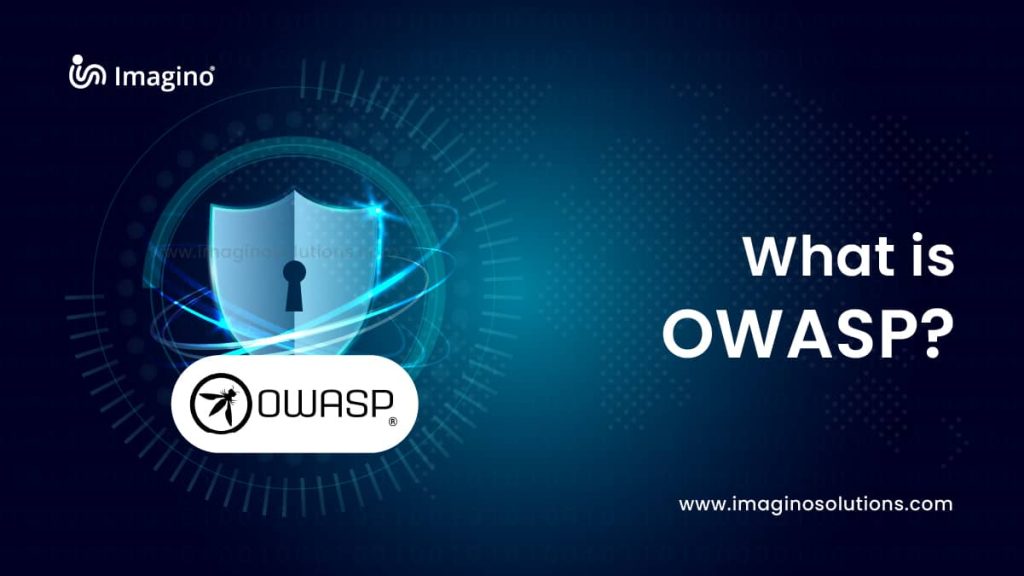Table of Contents
Open Web Application Security Project, or theOWASP, is a global nonprofit organisation that enhances software security. It is a worldwide hub for a diverse community of developers and professionals collaborating to create more secure applications. Operating on a “community” model, OWASP encourages open participation and contributions from anyone interested in improving software security.
The organization provides various resources, including technical guides, tools, and events, all accessible to everyone free of charge. OWASP’s commitment to inclusivity and accessibility ensures that individuals from various backgrounds and expertise levels can actively engage in and benefit from their initiatives.
The OWASP Top 10 is among the OWASP Foundation’s highly esteemed resources. This documentation outlines the ten most critical security risks applications faced at the time of their release. These risks represent the vulnerabilities most commonly exploited by hackers, causing significant damage.
Globally recognized, the OWASP Top 10 is a fundamental guide for developers, marking the initial stride toward creating more secure code. It offers a standardized application security awareness document that undergoes annual updates from a team of global security experts. This document results from a widespread consensus on the most pressing security risks facing web applications during that particular year.
The Importance of OWASP
Today, we use many web applications for things like shopping online, chatting with friends, or even checking our bank accounts. But sometimes, these apps have weaknesses that bad guys can exploit to steal information or cause trouble. That’s where OWASP comes in.
Awareness: OWASP raises developers’, businesses’, and users’ awareness of web application security risks. Highlighting common vulnerabilities empowers stakeholders to make informed decisions about security measures.
Community Collaboration: OWASP thrives on community contributions. It brings together security experts, developers, researchers, and industry professionals to collaborate on projects, share knowledge, and address emerging threats collectively.
Guidance and Best Practices: OWASP offers practical guidance and best practices for designing, developing, testing, and deploying secure web applications. Its resources help developers integrate security into every phase of the software development lifecycle.
Education and Training: Through conferences, workshops, webinars, and training programs, OWASP educates individuals and organizations about the latest trends, techniques, and tools in web application security. This enables professionals to enhance their skills and stay updated with evolving threats.
Tools and Resources: OWASP provides a vast array of open-source tools, libraries, and resources to assist in identifying and mitigating security vulnerabilities. These resources cater to various aspects of application security testing, including code analysis, penetration testing, and vulnerability scanning.
OWASP Top 10
The OWASP Top 10 is a largely recognized and regularly updated list of the top security risks facing web applications. As of the information provided, here is a summary of each of the ten security risks:
Broken Access Control refers to failures in enforcing proper access controls, allowing users to perform actions outside their intended permissions. Examples include unauthorized access to accounts or the elevation of privileges.
Cryptographic Failures: This risk involves issues related to the improper use or implementation of cryptographic mechanisms, such as unprotected data in transit or at rest, weak encryption, or using passwords as cryptographic keys.
Injection: Injection attacks occur when user-supplied data is not correctly validated or sanitized, leading to vulnerabilities like SQL, NoSQL, OS command, ORM, and LDAP injections.
Insecure Design: This category encompasses weaknesses resulting from ineffective control design. Failure to consider business risk profiling during software development contributes to insecure design.
Security Misconfiguration: This risk arises from improperly configured security settings, such as permissions on cloud services, default accounts with enabled passwords, overly informative error messages, and outdated or vulnerable software.
Vulnerable and Outdated Components: Applications become vulnerable when developers are unsure of the versions of components in use, fail to scan for vulnerabilities regularly, or neglect to test compatibility with updated libraries.
Identification and Authentication Failures (A07): This risk involves weaknesses in authentication mechanisms, including vulnerabilities that permit automated attacks like brute-force or credential stuffing and inadequate or missing multi-factor authentication.
Software and Data Integrity Failures: This category pertains to code and infrastructure that do not adequately protect against integrity violations, allowing attackers to upload unauthorised updates or manipulate encoded data.
Security Logging and Monitoring Failures: Insufficient logging, detection, monitoring, and response capabilities lead to security gaps. Events are not properly logged, and the application cannot detect or respond to active attacks in real time.
Server-Side Request Forgery: SSRF flaws occur when a web application fetches a remote resource without validating the user-supplied URL, enabling attackers to manipulate requests to unexpected destinations.
Conclusion
In a world where cyber threats are ever-present, OWASP plays a crucial role in fortifying web application security. By offering valuable resources and tools and fostering a community of experts, OWASP enables organisations and developers to build robust and secure software. Staying informed about OWASP’s initiatives and incorporating their recommendations into the software development lifecycle is critical to mitigating risks and ensuring the integrity of web applications in the digital landscape.
Contact us to build your next web app with The best-known secure coding standard.

